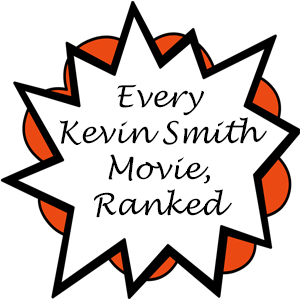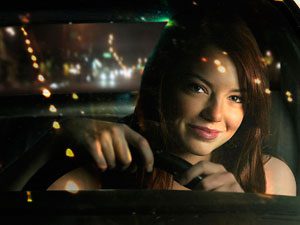To mark the 40th anniversary of “Return of the Jedi,” since I wrote a thorough tribute piece 10 years ago, I decided to look back at the films of Kevin Smith. His films have more “Jedi” in them than any other non-“Star Wars” works (sorry, “How I Met Your Mother”).
Smith arguably played the biggest role in the mid-Nineties mainstreaming of geek culture, thanks largely to Randal’s “Clerks” monolog about how the Rebellion likely killed blue-collar contract workers in addition to Imperial soldiers on the Death Star II. That has led to a nearly three-decade dialog with fans, who now geek out about Smith’s View Askewniverse.
Of course, this dialog would’ve petered out if Smith didn’t keep putting out compelling work. Although his resume is not limited to films where he’s the writer-director (he does podcasts and used to pop in on “Comic Book Men,” and he directed but did not write the feature film “Cop Out”), this list is limited to films he both wrote and directed. Rankings go from dead last to a shining first place. (Click on each title for a full review.)
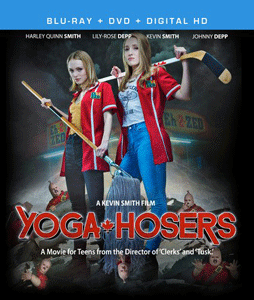
13. “Yoga Hosers” (2016)
Smith made this comedy about Winnipeg convenience-store clerks who fight off an invasion of CGI gnomes in order to have fun with his daughter and Johnny Depp and Depp’s daughter. Fair enough. But subjecting the unfunny end result on audiences is the nastiest thing this generally fan-friendly auteur has ever done. My knee-jerk response is to say the leads are bad, but then I remember that Harley Quinn Smith actually is good in “Cruel Summer.” The bizarre fact of the matter is that this is simply a flat, under-thought screenplay about clerks, even though it comes from the same genius who wrote “Clerks.”
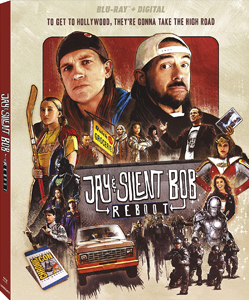
12. “Jay and Silent Bob Reboot” (2019)
Again we have a film that Smith made with his friends for fun, but – sigh of relief – this time it has laughs, and the fans are on the guest list. In fact, the finale reaches a new level of meta as it shows folks winning a contest to be in “Bluntman v Chronic” – in reality, we’re seeing fans who have won a contest to be in “Jay and Silent Bob Reboot.” Because it (purposely) features the same plot as the first “J&SB,” we have time to uncomfortably reflect on how Jason Mewes has been ravaged by addiction and Smith has come through his heart attack and subsequent weight loss and veganism. “Reboot” doesn’t mark a return to form, but it does celebrate the fact that they’re still here – and that’s not nothing.
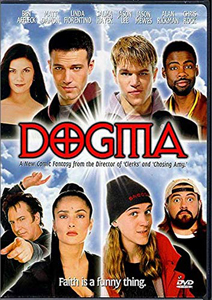
11. “Dogma” (1999)
Smith tackles the question of God’s existence via the oddities of strict Catholic doctrine, and either you care about this topic or do not. I did not when the film was released, but I’ve learned a little about religion since then and can now appreciate “Dogma” as reasonably enjoyable homework. Because the road-trip adventure of Bethany (Linda Fiorentino) and numerous side characters clocks in at an epic 130 minutes, it needs more epic moments – like battle scenes or something – to break up the drag. That’s not in Smith’s wheelhouse. But conversational debates are, and that’s where “Dogma” stands out, with fun supporting turns by George Carlin, Chris Rock and Alan Rickman. I have no desire to watch “Dogma” again, but I no longer find it to be dogs**t.
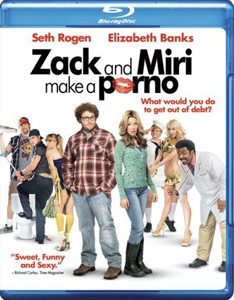
10. “Zack and Miri Make a Porno” (2008)
This is a catchy title, but the film loses a little something because it spells out the plot. Nonetheless, the first half of this raunch-com is so funny that it doesn’t matter that we know where it’s going. Titular not-quite-more-than-friends Seth Rogen and Elizabeth Banks (whose chemistry was first seen in the famous bathtub scene in “The 40 Year Old Virgin”) have excellent comic timing. They riff on “Star Wars” porn titles in chilly Pittsburgh, with supporting players like Justin Long, Jeff Anderson and Mewes spicing things up. Zack and Miri’s romantic love reads weirdly on screen – I accept it, but don’t quite feel it. On the other hand, I don’t want this to be just another rom-com, and the needle drop of Live’s under-released “Hold Me Up” can’t be quibbled with.
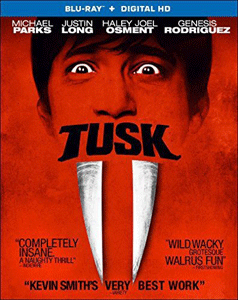
9. “Tusk” (2014)
The first of Smith’s thematic “True North” trilogy (followed by “Yoga Hosers” and “Moose Jaws,” slated for 2023) is a can’t-look-away blend of dark comedy and body horror. The twist is shocking if you’re lucky enough to not already know it. “Tusk” is driven by two idiosyncratic actors playing off each other. Long plays Wallace, a podcaster searching for weird stories, and Michael Parks plays Howe, a small-town Manitoba recluse who has one helluva tale. Side trips of Wallace’s loved ones looking for him are rote, although Depp spices things up as a quirky investigator. The body horror is slightly undercut by the dark comedy, and vice versa, as Smith expands on his and Scott Mosier’s off-the-cuff pitch for a “Batman” villain from their podcast. The end result is imperfect but memorable.
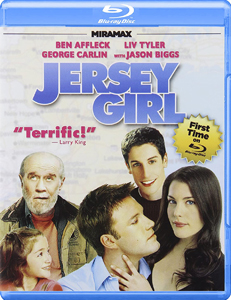
8. “Jersey Girl” (2004)
To shake the label that he only makes low-budget, ugly looking raunch-comedies, Smith proves he can go mainstream with this slick and formulaic story of single dad Ollie (Ben Affleck) juggling job prospects with family time. Raquel Castro punches up scenes as his adorable young daughter; also livening things up are Liv Tyler as the Manic Pixie Dream Girl and Carlin as Ollie’s good-hearted curmudgeon father. Timing hurts “Jersey Girl’s” reputation, because this same year gave us Zach Braff’s heartfelt “Garden State” (one of my all-time faves), also featuring an aimless guy, fatherly advice and a MPDG. In comparison, we can see this film isn’t personal for Smith, aside from the setting. Still, “Jersey Girl” hits its generic beats, and — due to its lack of villains — is easy to like.
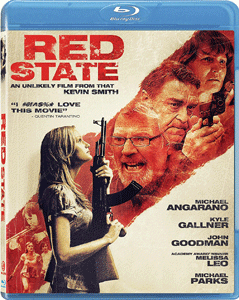
7. “Red State” (2011)
The gem of Smith’s otherwise “lost decade,” “Red State” is another one where he seemingly sets out to prove his versatility. Smith is one of the nicest and funniest people in movies, yet this is one of the meanest and most unfunny horror films you’ll see. It starts with the particularly inhuman way the religious cult (led by Parks) disposes of its victims (“sexual deviants” – which is anyone who thinks about non-marital sex), solely concerning themselves with the potential mess of the corpse. When decent federal agent John Goodman enters in the back half, we get a chance to breathe and then revel in a revenge tale. Smith embellishes his uncharacteristically strong directing with a stark commentary about how the US government values human life to the same degree as the cult – it’s simply better at burying its evil actions.
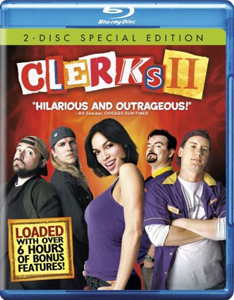
6. “Clerks II” (2006)
Smith’s core saga switches to full color; however, Dante (Brian O’Halloran) and Randal (Anderson) and their boss at Mooby’s (Rosario Dawson’s Becky) enter their 30s in a gray, staid existence. The romantic ennui of their teens and 20s gives way to what society views as pathetic lives. A story about bland jobs and no ambition is of course depressive, but also one we don’t see examined too often – especially via someone who looks like Becky, a love interest for Dante. Balancing out the endless ennui is a nice dose of heart: Socially challenged Elias (Trevor Fehrman) is the butt of some jokes, but ultimately Randal welcomes him into their circle of friends. The clerks aren’t winners at life, but they are good, open-minded people, and that’s not nothing.
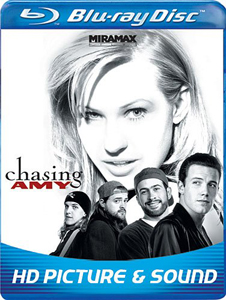
5. “Chasing Amy” (1997)
Along with “Dogma,” this is another film where the ranking placement is utterly dependent on the viewer’s current state of mind. I found “Chasing Amy” bad upon its release, and now I find it close to brilliant. It’s certainly daring, as Smith attempts to codify sexual preference in an era when LGBTQ people were a crazy new thing in mainstream thought. The debate will never be solved as to whether he gets it “right.” But it truly is surprising how the story switches from tragic unrequited love (as Affleck’s Holden pursues Joey Lauren Adams’ Alyssa, who likes women but possibly might also like men) to tragic requited love. He wears her down, but that doesn’t mean she has figured out her sexual orientation. Also featuring more comic-book nerdery than you might remember – including Jason Lee’s legendary rant about how he’s an inker, not a “tracer” – “Chasing Amy” is deliciously Nineties, yet fans will wrestle with its questions forever.
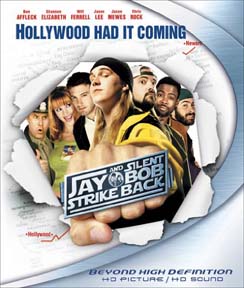
4. “Jay and Silent Bob Strike Back” (2000)
As Smith enters the more mainstream era of his career (the rough-and-tumble directing style gives way to a slicker polish), he starts with a consistently funny road-trip romp. The Rosenkrantz and Guildenstern of the View Askewniverse prove they can carry a movie – well, sort of. Actually, “J&SBSB” peppers in so many gags and cameos that Jay (Mewes) and Silent Bob (Smith) share the weight with others in almost every scene. The gags range from clever (James Van Der Beek and Jason Biggs skewer their personas) to snort-worthy (Jay tells a group of attractive and innocent female nature activists about an animal called a “trouser snake”). “J&SBSB” doesn’t reinvent anything, but it’s a standout example of what it is.
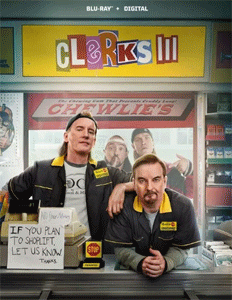
3. “Clerks III” (2022)
Smith and Mewes are clunky in “Reboot,” but O’Halloran and Anderson pick up their Dante-and-Randal rhythms like they never set them on the shelf. We’re smiling and laughing from the start. But what makes “Clerks III” a cut above Smith’s other nostalgia-baiting pieces is that it has so much purpose. First, Randal makes “Inconvenience,” a precise parallel to Smith’s “Clerks,” which allows Smith to re-create the filmmaking process of “Clerks” and have it shape Randal for the better just as his own life was shaped. Second, “Clerks III” is unflinchingly about life experiences, even the negative ones, as it makes daring choices with a couple of beloved characters. All of Smith’s View Askewniverse films are dialogs with the fans he appreciates so much, but what makes “Clerks III” a cut above is that it’s a great film about life’s challenges and how to tackle them.
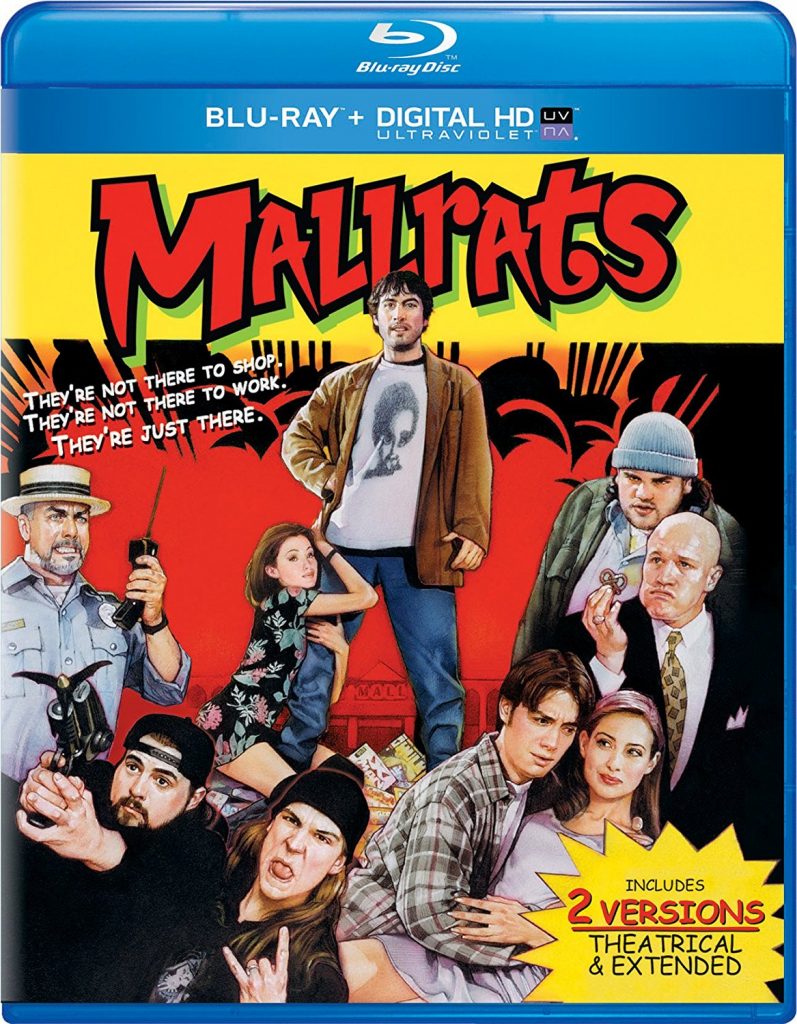
2. “Mallrats” (1995)
This film will be lower in the rankings of Smith’s millennial and Gen-Z fans, but for Gen-X’ers like me it’s gold. “Clerks’ ” geek-culture references primed the pump, but here we have a main character – Jason Lee’s Brodie – who openly loves comics and video games, so much so that it might cost him his girlfriend, Shannen Doherty’s Rene. Old-hat now, this was a novelty at the time. So was the Stan Lee cameo, which still stands as his best ever, as he provides Brodie with relationship advice while also settling his obsession about superheroes’ genitalia. In addition to being the most quotable movie ever for people who were 17 in 1995 (“That kid is back on the escalator again!”), “Mallrats” is a huggable time capsule thanks to its flannel shirts and central location of an active shopping mall.
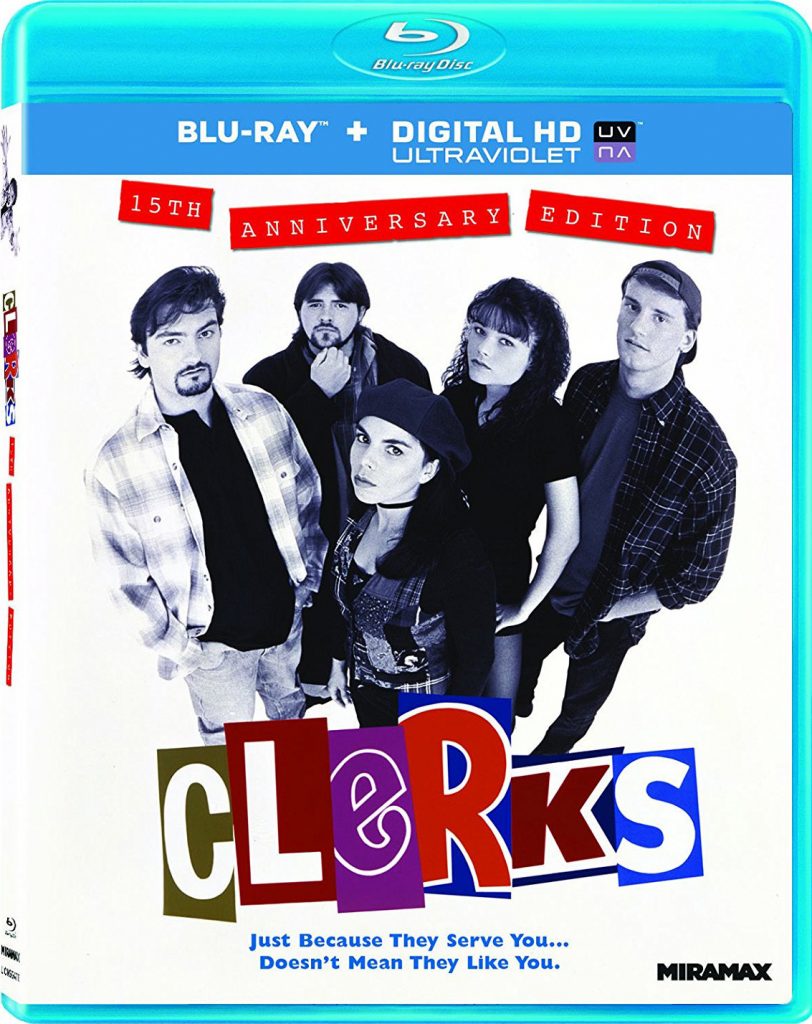
1. “Clerks” (1994)
Smith launches his career by writing what he knows: clerking and geek culture. Indeed, he shot the film in the very convenience store where he worked, in Leonardo, N.J. A harsh critic might say he has milked this film into an entire career, but since the majority of his View Askewniverse follow-ups are funny, I say he’s allowed. The touchstone TV show of the Nineties, “Seinfeld,” was about meaningless minutiae, and “Clerks” stands as a compelling contrast: It’s about minutiae that has meaning. I’m not just referring to Randal’s “Jedi” monolog. I’m also referring to the fact that Dante struggles with his self-worth throughout the narrative, and with the fact that his loves (such as playing roof hockey) don’t line up with societal expectations (keeping the store open). He’s mostly a responsible employee (He wasn’t even supposed to be here today), but does that mean anything? It’s easy to overlook the character exploration since we’re laughing once a minute, but that’s what makes this low-budget black-and-white effort a complete, satisfying movie.
Main image by Suzanne Brill from Pixabay.

